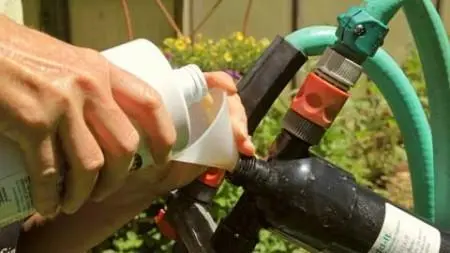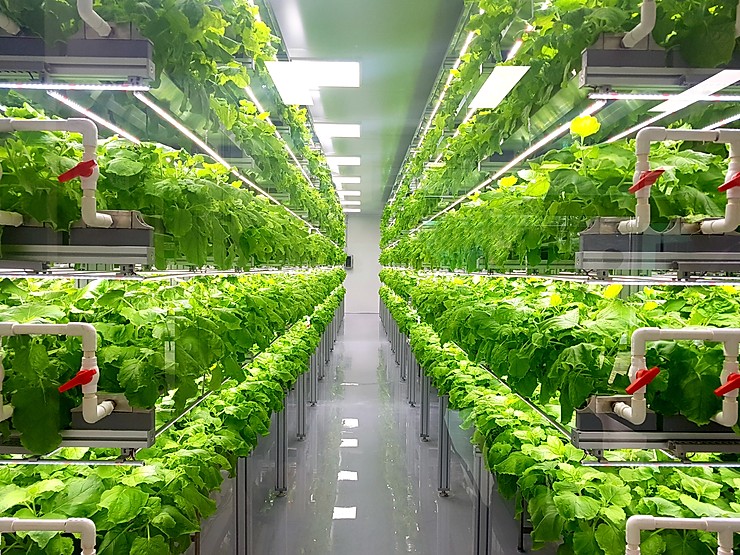Fertilizing the soil is similar in many ways to feeding ourselves. All life needs carbohydrates, minerals, and other nutrients in a healthy balance for optimal health. And just like eating too much fast food and not enough vegetables can lead to a variety of health problems in our own bodies, over fertilizing or feeding an imbalanced diet can harm plants as well. While plants need carbohydrates, proteins and fats just as we do, plants are quite different in how they ingest their food. When a fertilizer is applied, your plants will not use it in its whole form like we would eat. Plants absorb almost all their nutrients through specialized cells on their roots, and sometimes also through their leaves. These cells can only absorb nutrients that are in the form of ions dissolved in the soil’s water.

When you apply fish meal, for example, the meal must be broken down and dissolved into the water in the soil into an almost elemental state of NO3-, K+, H2PO4-, H+ and other ions that the plants can absorb. Fast acting fertilizers such as Liquid Grow will reach this ionic state quickest, where as slow release fertilizers such as Nutri-Rich will break down and release these ions slowly over time. The plants will then use these ions to build proteins, starches and fats, as well as enzymes, hormones, and other compounds they need to grow and thrive. Good soil has the ability to hold these nutritive ions with minimal leaching, giving the plants more time to absorb them and thus requiring less fertilizer be used. The measurement for this ability is called Cation Exchange Capacity, or CEC. The CEC measures the soil’s negative charge; a better negative charge will hold more positively charged ions (these are called cations). The CEC is measured on a scale of 0 (low) to 50 (high), with values under 10 having poor cation holding ability. CEC is higher in clay soil, because clay particles are negatively charged. Sand, on the other hand, has little to no charge and thus has a low CEC. CEC is also higher in soils with good levels of organic matter. Beneficial microorganisms such as mycorrhizal fungus can help to improve the CEC, as well as working to break down fertilizers into their ionic components. Soil with a higher CEC is buffered against changes in soil nutrients; while this is a good thing if your soil has a good level of soil nutrients and pH, it also means that it will be more difficult to change your soil nutrient levels if there is some aspect that needs corrected. For example, if you have overly acidic soil, the amount of free H+ ions is too high. If the CEC is good, it will strongly hold onto those H+ ions and be resistant to efforts to counter them. More lime will be needed in such soils, compared to soils with a low CEC that readily release the H+ ions and change the pH. Knowing your soil’s CEC level can help you make better fertilization decisions, and will give you a deeper understanding of your soil.




